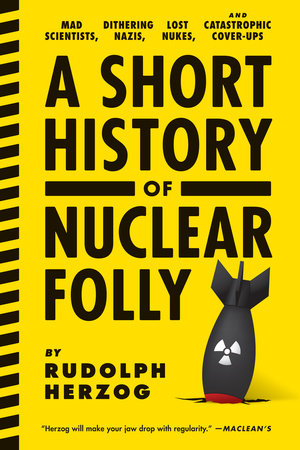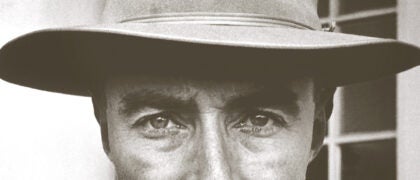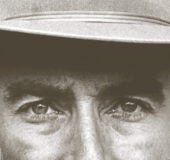Did you know?
• Edward Teller, the “father of the H-Bomb,” relentlessly promoted a plan to use 300 nukes to build a second Panama Canal.
• Atomic technology ended up in many places where it didn’t belong: Reactors were used to power satellites, some of which crash-landed and triggered nuclear emergencies. A plutonium battery was also installed at the top of the Himalayas . . . and lost.
• There’s a derelict research reactor in the middle of Kinshasa, Congo, which was built by an eccentric Belgian missionary. The reactor is falling apart, and several uranium fuel rods have been stolen.
• John Wayne died of cancer, as did 46 members of the crew of
The Conqueror, a notoriously bad B-movie shot in a contaminated canyon near the Nevada nuclear testing range.
• About 40 nuclear weapons were lost during the Cold War, some in populated areas in the U.S. Some almost triggered, others were never retrieved.
• Nazi scientist Gernot Zippe was captured by the Soviets and forced to build the uranium centrifuge, which was used by Iran, Pakistan and North Korea to build bombs.
Copyright © 2013 by Rudolph Herzog. All rights reserved. No part of this excerpt may be reproduced or reprinted without permission in writing from the publisher.







